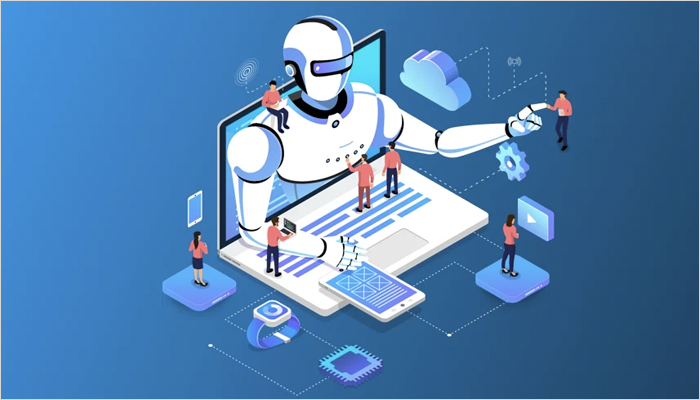In today’s rapidly evolving technological landscape, artificial intelligence (AI) stands out as a transformative force with the potential to revolutionize industries, streamline processes, and solve some of humanity’s most pressing challenges. However, along with its incredible promise comes a responsibility to ensure that chat gtp openAI is used ethically and sustainably for the betterment of society. In this blog post, we delve into the concept of harnessing AI for good, exploring the ethical considerations and sustainable applications that can drive positive change.
Understanding Ethical AI:
Ethical AI refers to the development and deployment of artificial intelligence systems that prioritize fairness, accountability, transparency, and inclusivity. As AI becomes increasingly integrated into various aspects of our lives, it is crucial to address potential biases, privacy concerns, and societal impacts that may arise from its use.
One of the key principles of ethical AI is fairness. AI algorithms should be designed to treat all individuals fairly and without discrimination based on factors such as race, gender, or socioeconomic status. This requires careful attention to data collection, algorithmic design, and ongoing monitoring to identify and mitigate biases.
Transparency is another essential aspect of ethical AI. Users should have visibility into how AI systems make decisions and the factors that influence their outcomes. This transparency fosters trust and accountability, allowing individuals to understand and challenge algorithmic decisions when necessary.
Sustainable AI Applications:
In addition to ethical considerations, the sustainability of AI applications is a critical concern. Sustainable AI involves minimizing the environmental impact of AI systems, optimizing energy consumption, and promoting resource efficiency throughout the AI lifecycle.
Data centers that power AI computations consume significant amounts of energy and contribute to carbon emissions. By optimizing algorithms, adopting energy-efficient hardware, and leveraging renewable energy sources, organizations can reduce the environmental footprint of AI technologies.
Furthermore, sustainable AI entails responsible data practices, including data minimization, anonymization, and secure storage. By prioritizing data privacy and security, organizations can build trust with users and mitigate the risk of data breaches or misuse.
Exploring Positive Applications:
Despite the potential risks and challenges, AI offers numerous opportunities to drive positive change across various domains. Here are some examples of how AI can be harnessed for good:
- Healthcare: AI-powered diagnostic tools can improve early detection of diseases, personalize treatment plans, and enhance patient outcomes. Natural language processing algorithms can analyze medical records and assist healthcare providers in making informed decisions.
- Environmental Conservation: AI-enabled sensors and predictive analytics can monitor environmental conditions, detect deforestation, and track wildlife populations. By analyzing large datasets, AI algorithms can help scientists identify patterns and develop strategies for conservation and sustainable resource management.
- Education: AI-driven adaptive learning platforms can personalize educational experiences, cater to individual learning styles, and enhance student engagement. Virtual tutors and intelligent tutoring systems can provide personalized feedback and support to learners, regardless of their location or background.
- Humanitarian Aid: AI technologies such as natural language processing and image recognition can aid in disaster response efforts, facilitate communication in crisis situations, and coordinate relief efforts more effectively. Chatbots and virtual assistants can provide real-time assistance and support to individuals in need.
Conclusion:
As we continue to harness the power of AI for good, it is essential to prioritize ethics, sustainability, and social responsibility in the development and deployment of AI technologies.
